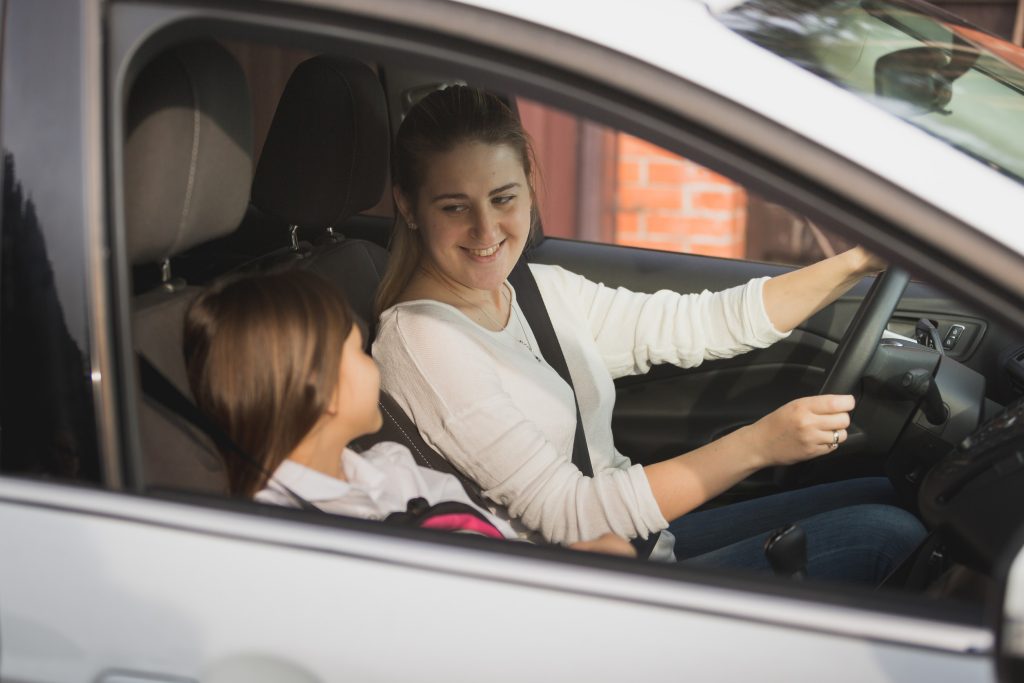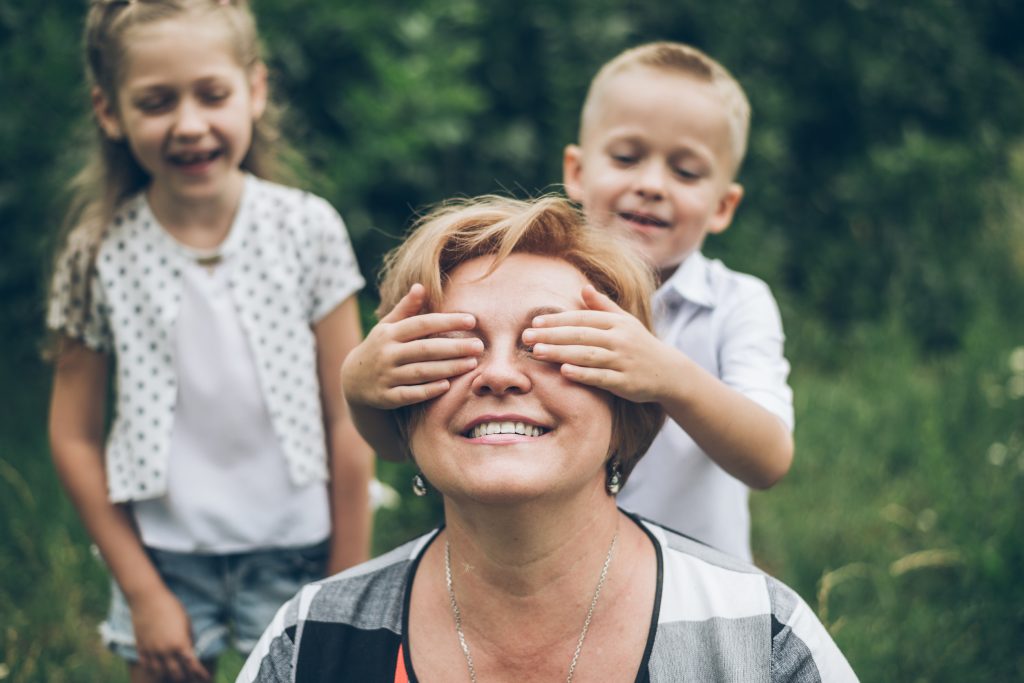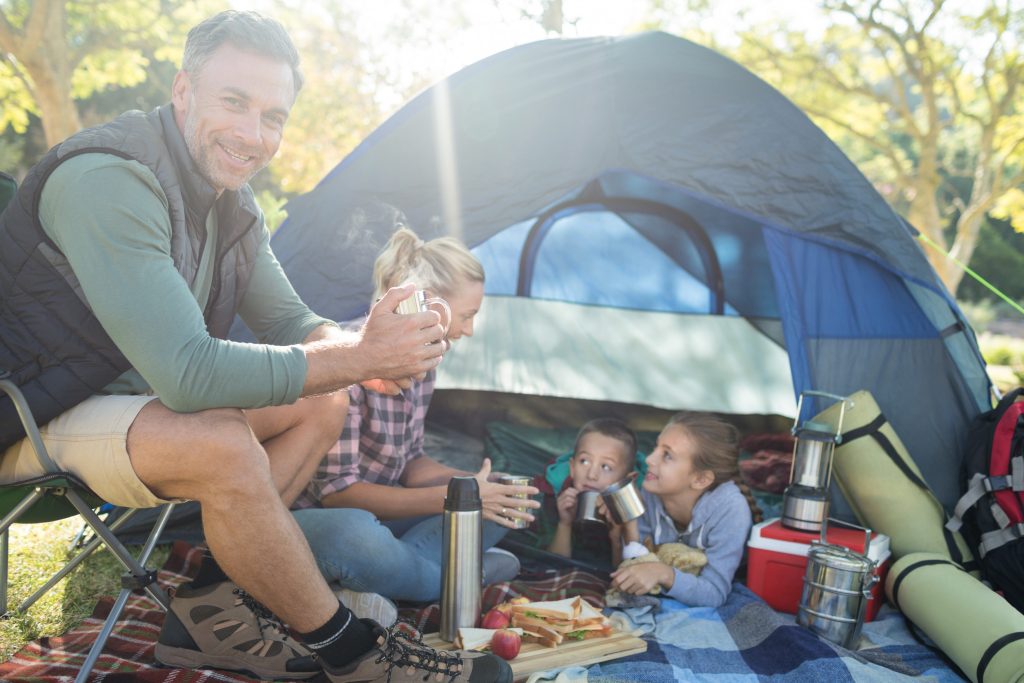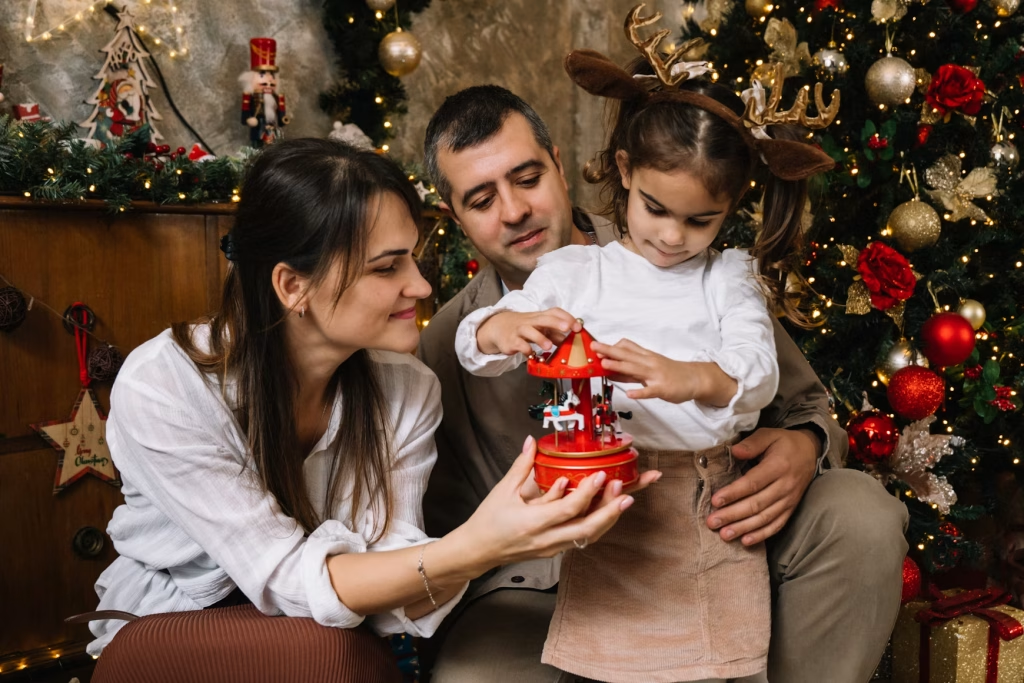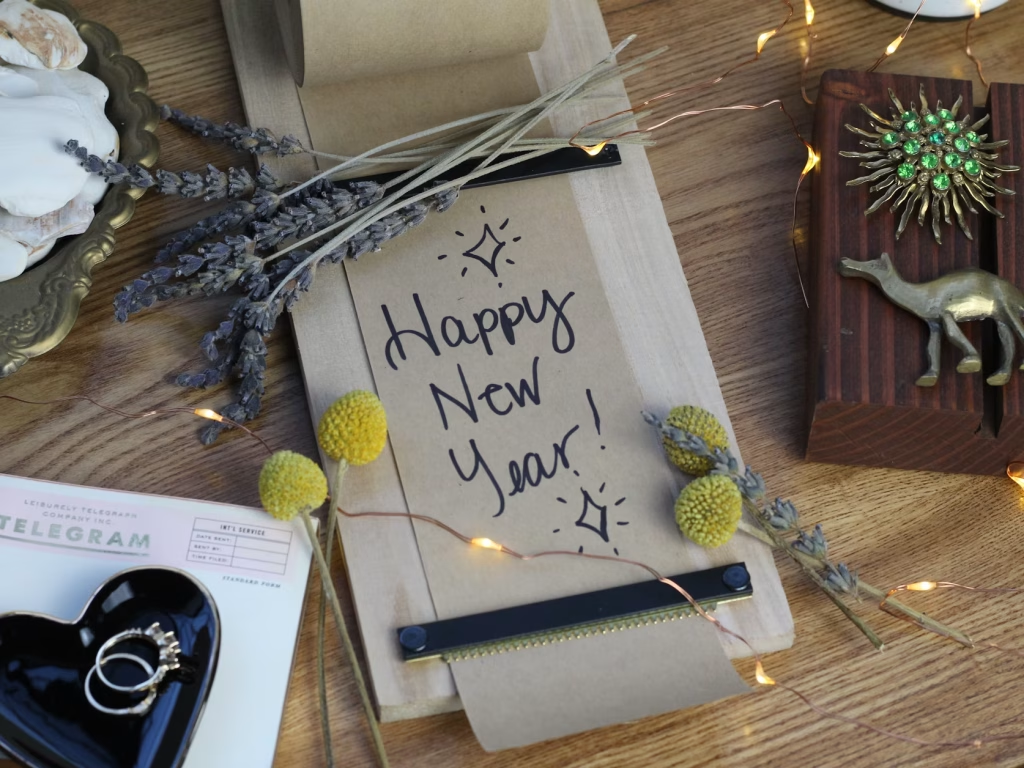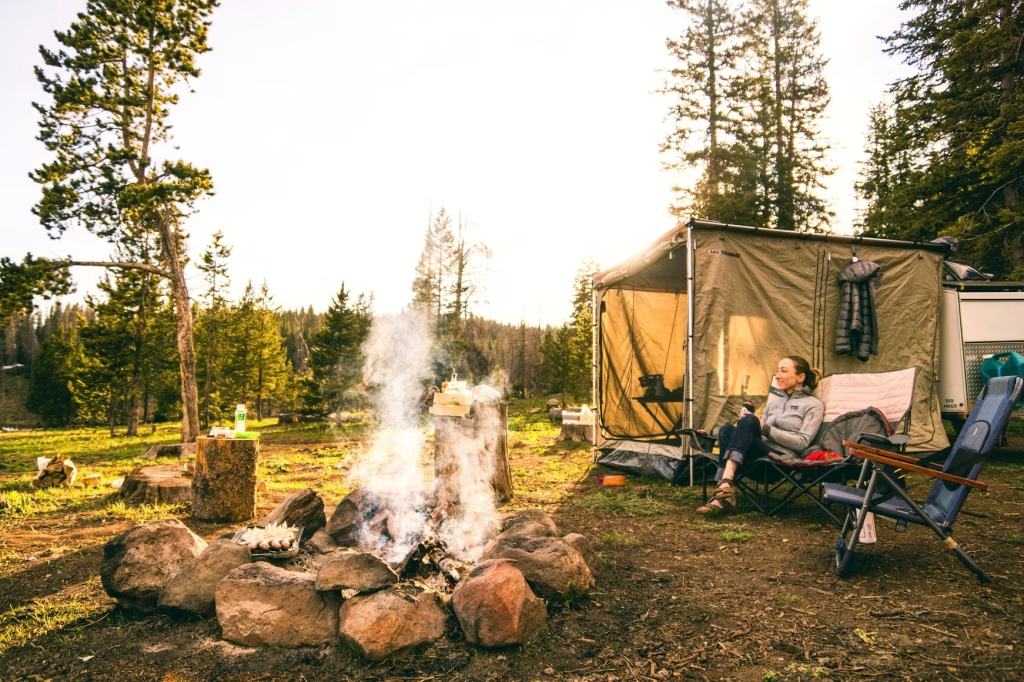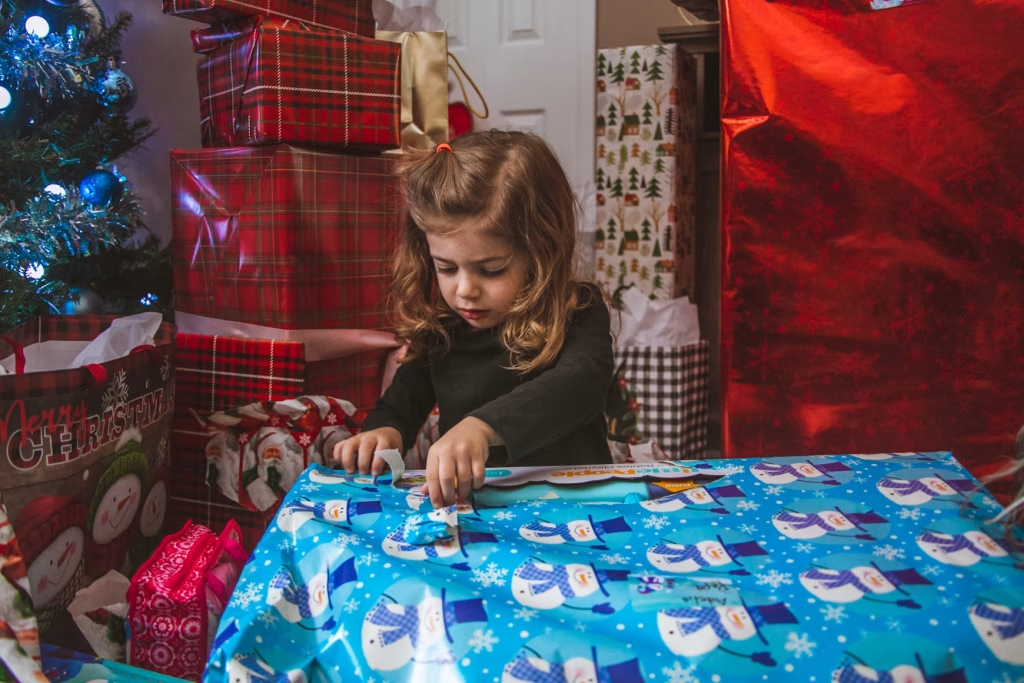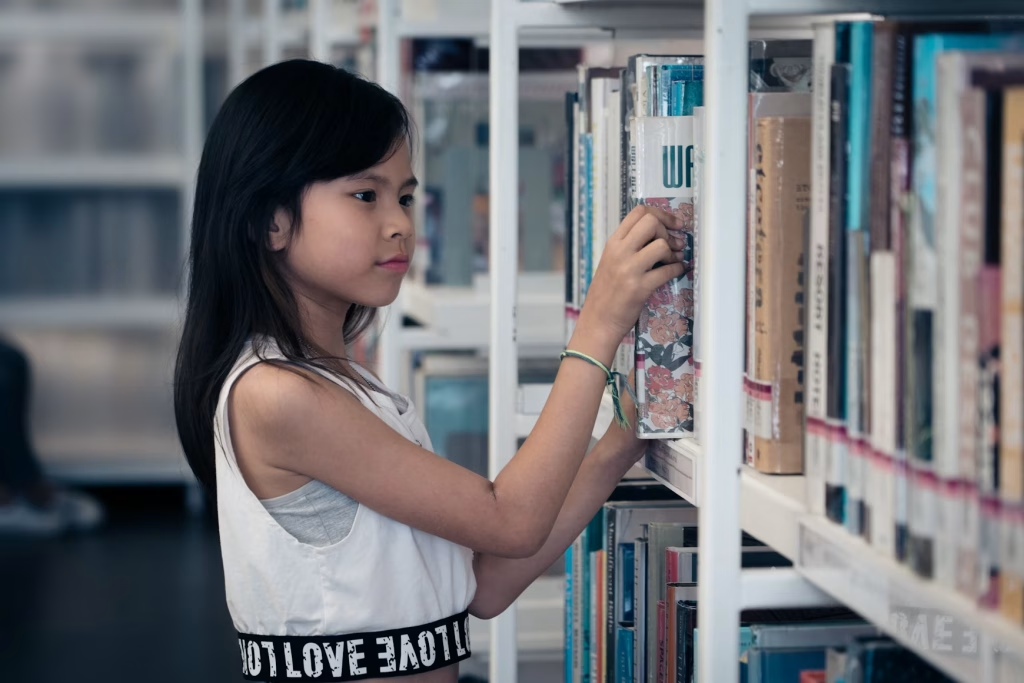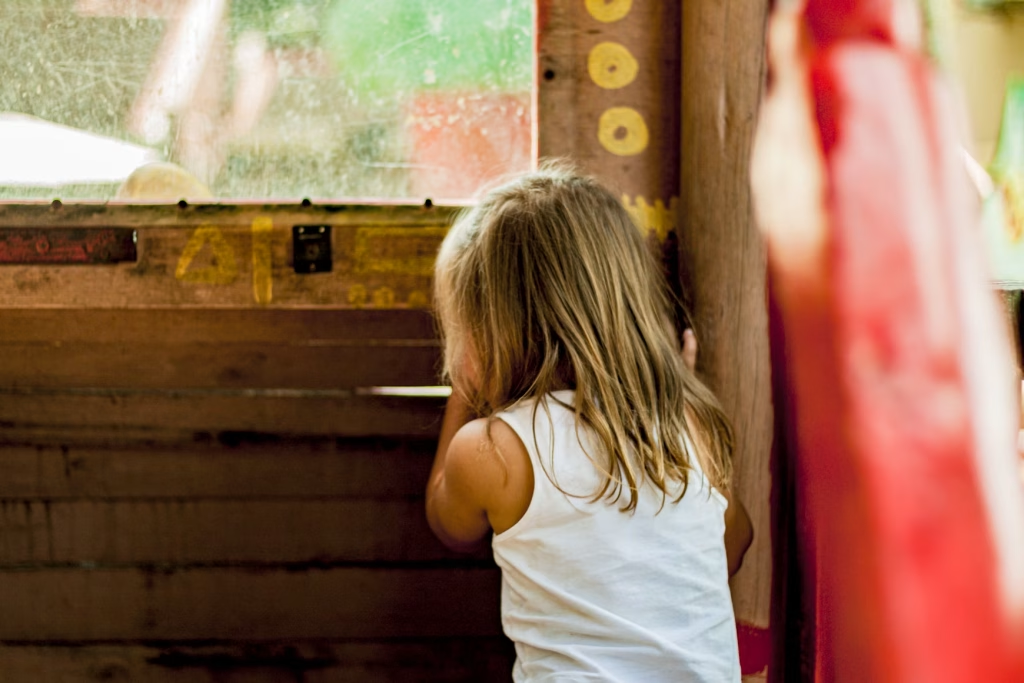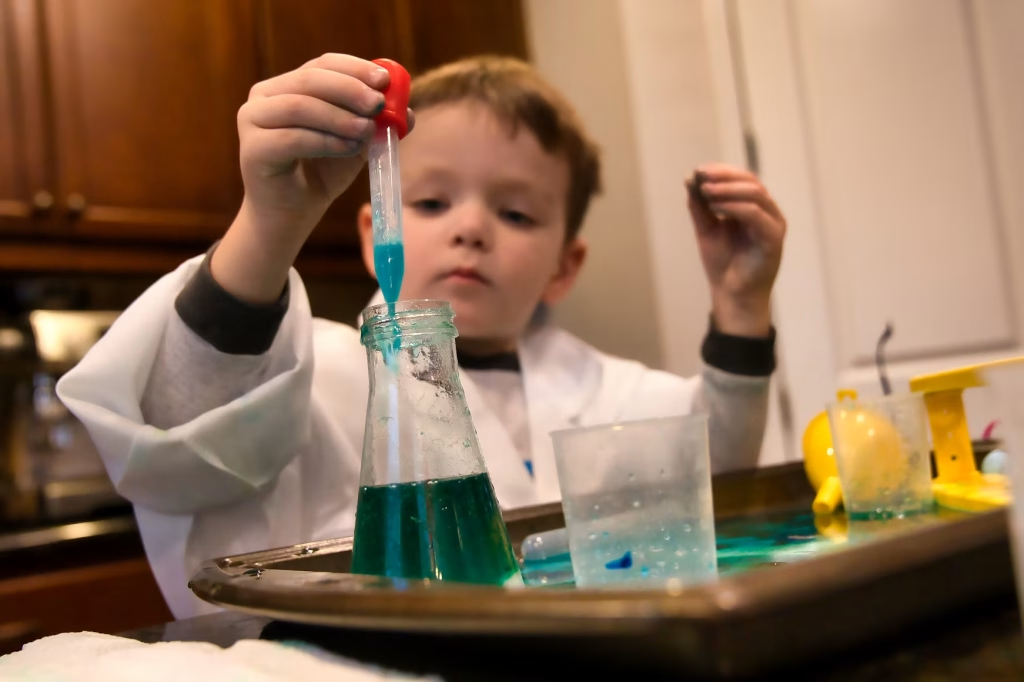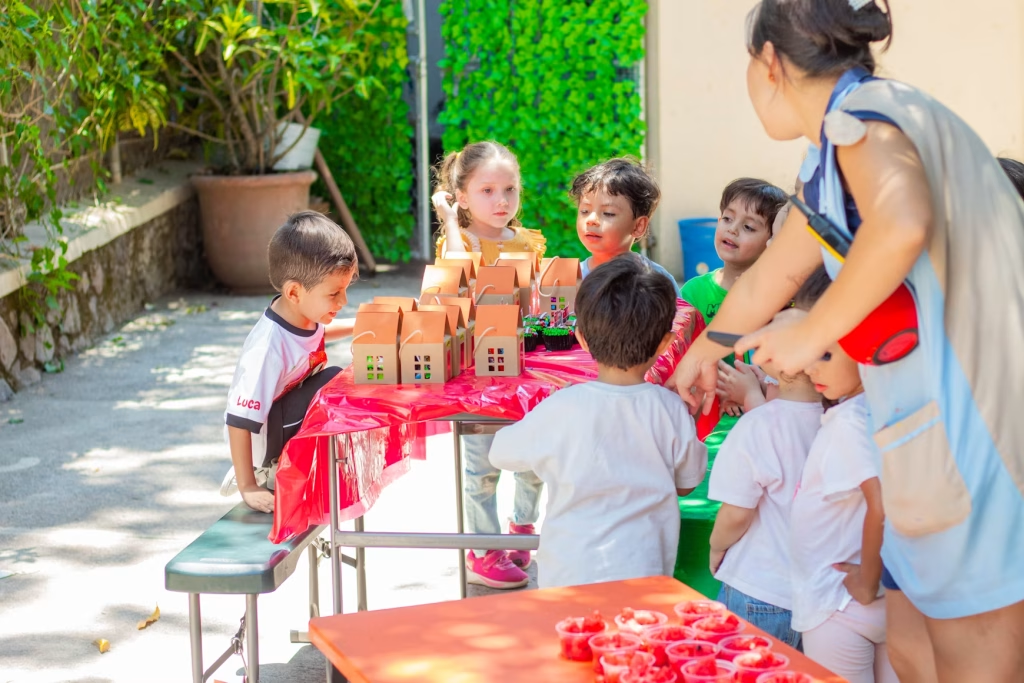
For years, video games have been blamed for everything from short attention spans to lack of exercise, but the truth is far more balanced—and in many cases, surprisingly positive. While moderation is always key, there’s growing evidence that kids benefit from video games in ways that go far beyond just entertainment. From improving problem-solving skills to fostering creativity and social connection, gaming has real developmental perks. If you’re wondering whether kids should be playing video games, you may be surprised to learn just how much they can gain from the experience. Here’s why picking up the controller might actually be a good thing.
1. Video Games Teach Problem-Solving and Critical Thinking
Many video games require players to solve puzzles, complete missions, or make strategic decisions to move forward. These activities encourage kids to think critically and plan ahead. Kids sharpen their reasoning skills, whether figuring out how to build a structure in Minecraft or strategizing in a complex role-playing game. This kind of thinking can transfer to schoolwork and real-life situations. One of the biggest reasons kids should play video games is that these challenges help develop long-term cognitive skills.
2. Hand-Eye Coordination Gets a Serious Boost
Gaming isn’t just mental—it’s physical too, especially regarding coordination. Fast-paced games like platformers and shooters improve hand-eye coordination by requiring quick reactions and precise movements. Fine motor development can benefit everyday activities, from handwriting to playing sports. In fact, some studies show that gamers outperform non-gamers on tasks that require precise visual-motor skills. If you’re looking for hidden benefits, this is another reason kids should play video games.
3. Games Build Resilience and Patience
Video games aren’t always easy—and that’s a good thing. Failing a level and trying again helps kids learn persistence and emotional control. They experience setbacks, try new approaches, and feel the satisfaction of eventually overcoming challenges. That resilience carries over into other areas of life, from school projects to social issues. Kids should be playing video games for fun and building grit in a low-risk environment.
4. Many Games Promote Creativity
Some of the most popular games among kids today are based entirely around creativity. Sandbox games like Minecraft, Roblox, and even The Sims encourage players to design, build, and express themselves. Whether they’re constructing a castle or programming a new mini-game, kids are using their imaginations constantly. Giving children space to be creative through gaming can have long-term value in a world that values innovation. This is one of the top reasons kids should be playing video games without guilt.
5. Social Connection Happens Through Gaming
Gone are the days when video games were a solitary hobby. Online multiplayer games allow kids to play with friends, join teams, and collaborate to achieve goals. While monitoring interactions is important, gaming can strengthen friendships and teach communication skills. For shy or introverted children, online games can be a low-pressure way to connect socially. This shows another side of the conversation around why kids should be playing video games in today’s digital world.
6. Educational Games Reinforce Learning
Not all games are just for play—many are designed to reinforce academic skills like math, science, reading, and history. Games like Prodigy, BrainPOP, and ABCmouse blend learning and fun, making concepts stick more effectively than worksheets. Even non-educational games often incorporate logic, reading comprehension, or resource management. When chosen wisely, these games can support what your child is already learning in school. That’s a big reason parents are starting to see that kids should be playing video games strategically.
7. Gaming Can Be a Career Path
The world of gaming is no longer limited to playing in your basement. From coding and design to streaming and esports, video games now offer real professional opportunities. Encouraging kids to explore these areas can help them discover talents in technology, storytelling, or visual design. Kids should be playing video games as consumers, creators, and future innovators. With the right guidance, today’s fun could shape tomorrow’s career.
8. Parents Can Use Games to Bond With Their Kids
Lastly, video games can be a bridge between generations. Playing together creates shared memories, opens conversations, and gives parents a chance to see what interests their kids. Whether you’re racing in Mario Kart or exploring worlds in Animal Crossing, gaming offers a new way to connect. Rather than fighting over screen time, parents can use it as a tool for quality time. That personal connection is another reason why kids should be playing video games with you by their side.
Game On, Guilt Off
Video games aren’t the enemy of parenting—they’re a powerful tool when used mindfully. When we understand the potential benefits and set healthy boundaries, gaming becomes more than just a pastime. It becomes a platform for learning, connecting, and growing. So if you’ve been wondering whether kids should be playing video games, the answer might be yes, with balance, purpose, and a bit of fun.
Do your kids play video games at home? What benefits (or challenges) have you seen? Share your experiences in the comments!
Read More:
Games that Teach Kids About Money
DIY Water Games That Keep Kids Busy for Hours
Catherine is a tech-savvy writer who has focused on the personal finance space for more than eight years. She has a Bachelor’s in Information Technology and enjoys showcasing how tech can simplify everyday personal finance tasks like budgeting, spending tracking, and planning for the future. Additionally, she’s explored the ins and outs of the world of side hustles and loves to share what she’s learned along the way. When she’s not working, you can find her relaxing at home in the Pacific Northwest with her two cats or enjoying a cup of coffee at her neighborhood cafe.
